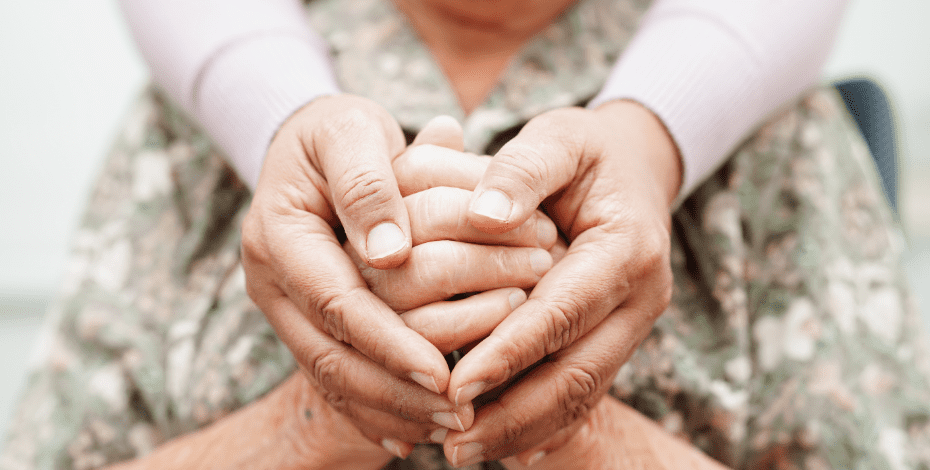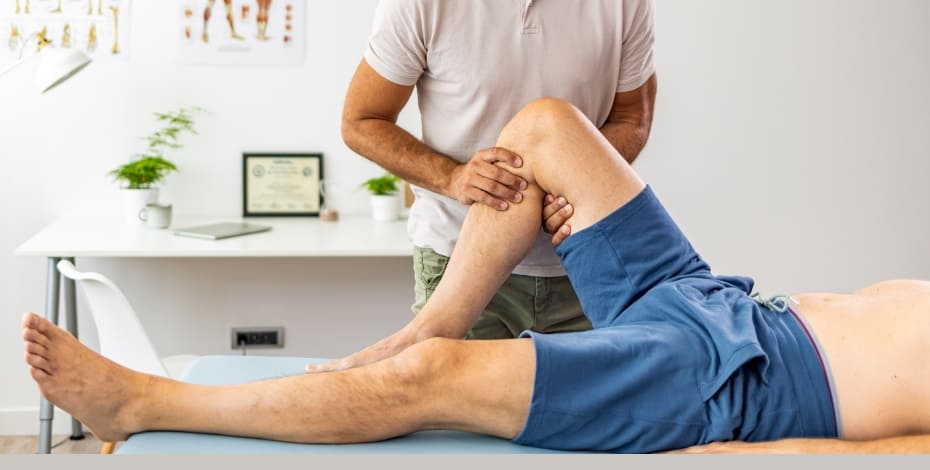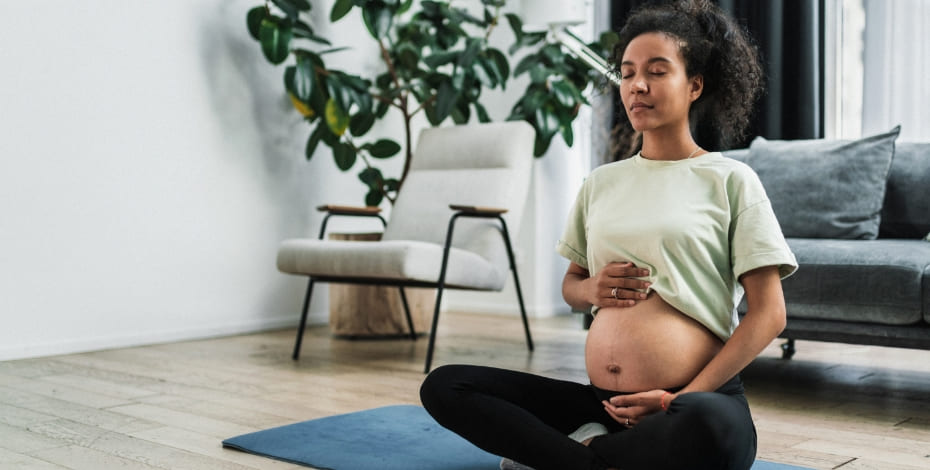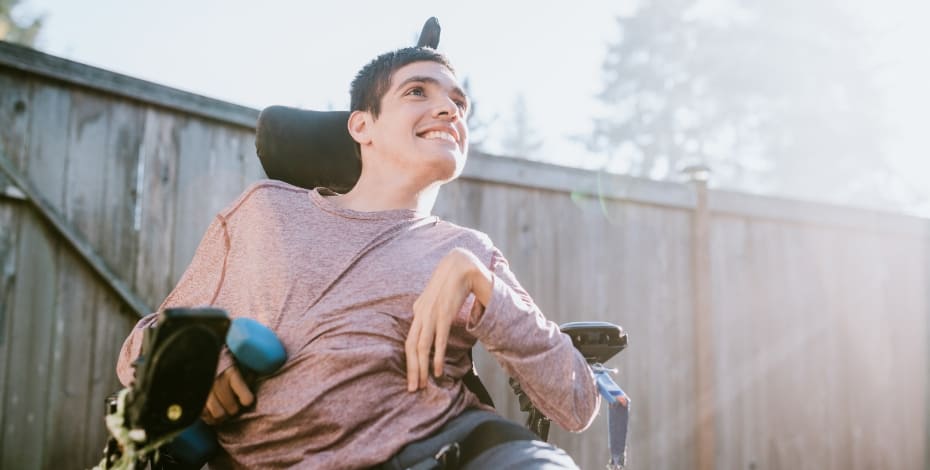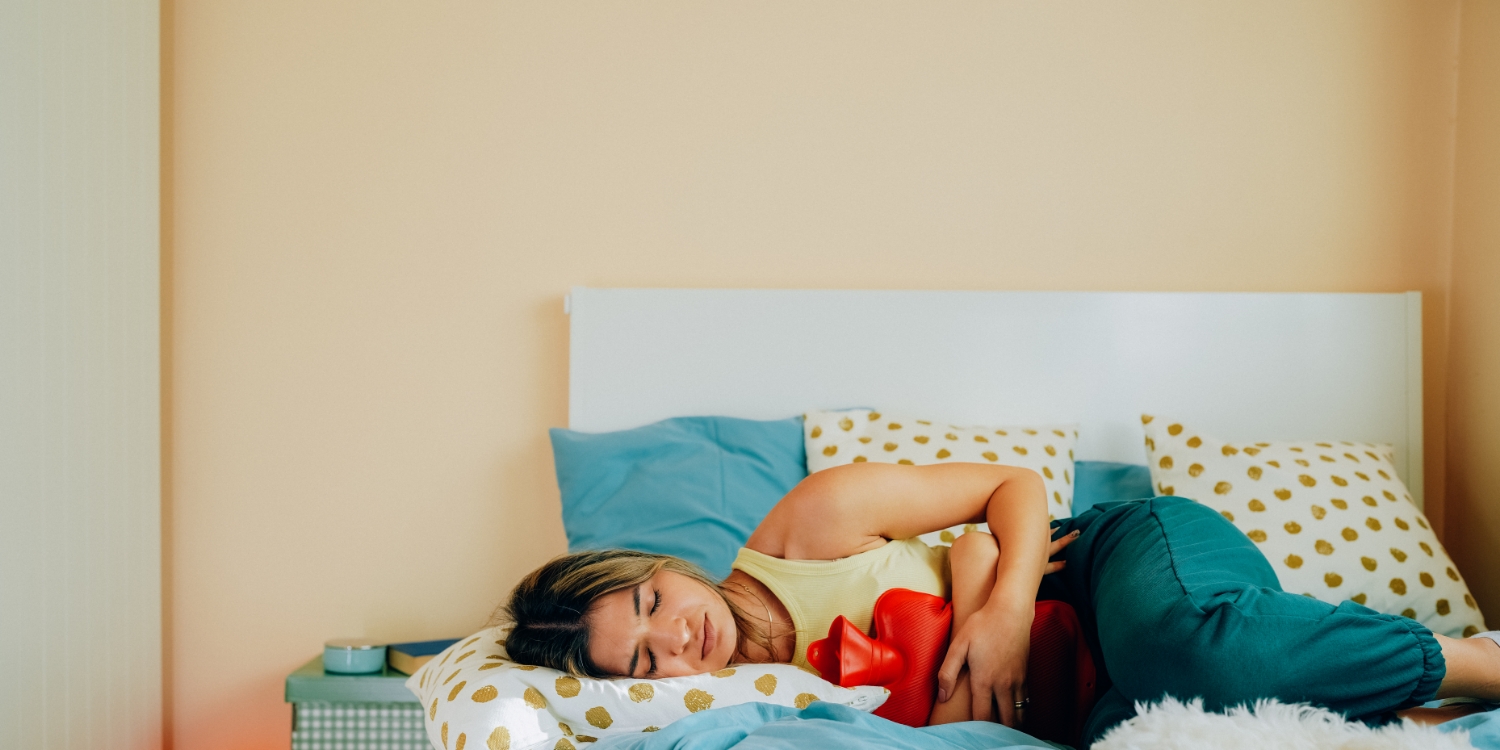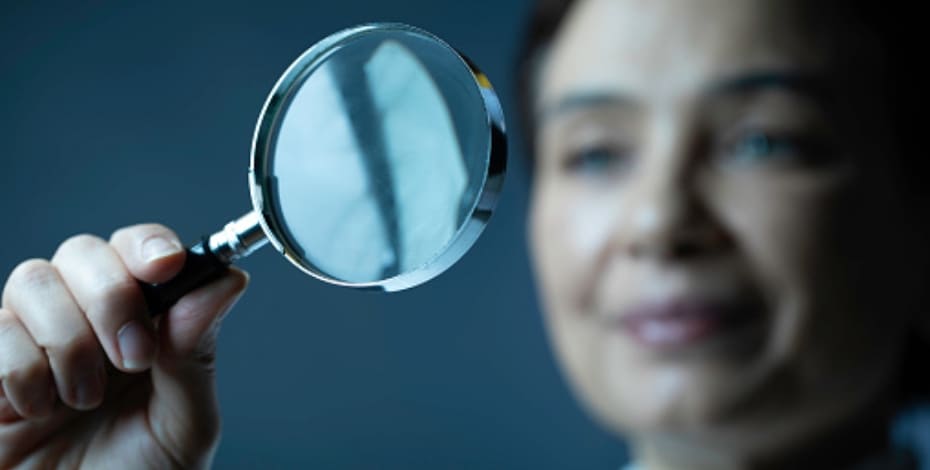
Reaching for the stars

APA student member Celene Meraz Benavente is planning to take her physiotherapy career to the moon and beyond. Here she talks about her experiences and physiotherapy’s future applications in space.
Fast-forward to last year, when Celene was accepted into the Scientist-Astronaut Qualification Program run by the International Institute for Astronautical Sciences and Project PoSSUM (Polar Suborbital Science in the Upper Mesosphere) at Florida Institute of Technology.
‘The Scientist-Astronaut Qualification Program is a NASA-supported research program that teaches candidates like me to fly experiments suborbitally,’ says Celene, now a third-year student in the physiotherapy program at Federation University.
She joined seven candidates from the USA, France and Mexico to do the week-long intensive training course, in which the students were given practical training in working in low-gravity environments.
‘One of the practical components exposed us to hypoxia and we learnt how to self-diagnose any hypoxic symptoms that you may encounter in the event of low oxygen.
‘That was quite interesting and a very confronting experience.
‘We were put in a chamber that simulated being at about 22,000 feet [6700 metres] and in this chamber they reduced our oxygen levels.
‘Mine went down to 67 per cent,’ Celene says.
‘The goal is to be really aware of the symptoms you experience and to learn that everyone has different symptoms when it comes to lower oxygen.
‘It was amazing how focused you have to be at all times in a situation like this to ensure that nothing happens.
‘The moment you start to feel something is off, it’s safest to just put on that oxygen mask.’
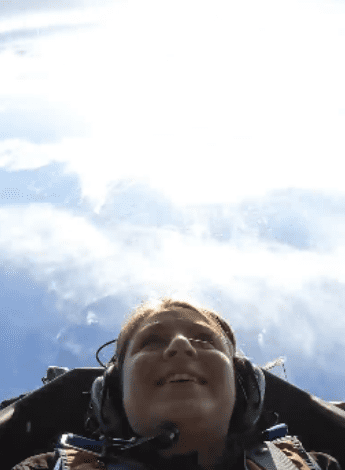
Celene Meraz Benavente, a physiotherapy student at Federation University, took part in the Project PoSSUM Scientist-Astronaut Qualification Program in 2023.
Another component of the course was aerobatic flight training, allowing the students to experience gravitational forces (g-forces) up to three g (three times Earth’s gravity) and down to zero g or weightlessness.
‘When we went to three g, I felt a dragging sensation in my chest.
‘We were taught that if we experienced any breathlessness, we should utilise breathing techniques.
‘I’d just done cardiorespiratory training in my physio program so I knew a little bit about the different breathing techniques and I was able to share that with the other students there,’ Celene says.
‘At more than two g, your whole body feels very heavy and you feel 10 times your weight.
‘When we reached that zero g parabolic trajectory, it felt very light; there were a couple of moments when I was sort of lifted out of my seat.
‘It was absolutely incredible.’
The final component was spacesuit mobility training, with the students suiting up in a pressurised spacesuit.
Again, Celene’s physiotherapy training came in handy.
‘One of the things I noticed was that it was very difficult to maintain balance.
‘The suit is designed in a way that makes you lean a bit forward so you are constantly having to readjust and fight back against the pressure.
‘My gait changed as well.
‘I couldn’t really bend my knees; I couldn’t do any flexion.
‘Even the shoulder movements were restricted.
‘It was quite limiting,’ she says (see below for video of Celene learning to move in a spacesuit).
‘When you think of astronauts doing spacewalks and other jobs on the International Space Station, you start to realise how limiting and restricting these spacesuits are.
‘They are trying to improve that but it’s a work in progress.’
This year, Celene will travel to Ottawa, Canada to conduct experiments under zero-gravity conditions on a parabolic flight.
In preparation, she is busy working out the experiments she will do on the flight.
While there are no physiotherapist-scientists working with the students taking part in Project PoSSUM, she is working with several biomedical scientists there.
With the support of the physiotherapy program at Federation University, she will combine it with her honours program (at Federation University, students complete honours research projects during their third and fourth years).
‘Celene approached me and asked if she could do her honours in this space and, you know, if our students come up with projects that we think will help them, that would also be manageable and help expand the profession’s evidence base, we’re very happy to do it,’ says Professor Louisa Remedios, physiotherapy and discipline lead at Federation University and one of Celene’s honours supervisors.
Louisa says that while some accommodations have been made to enable Celene to take part in the scientist-astronaut program, she is expected to keep up with her physiotherapy studies.
‘We have used an elite athlete policy to guide us; the expectation is still to successfully complete all units.
‘Some of our classes are online and students who miss practical classes are required to work on their practical skills with colleagues and using our video resources.
‘We don’t run special classes to help her catch up on her skills; it’s her responsibility to keep up and she has!’ she says.
Celene is interested in the sensorimotor aspects of space travel and the changes that are associated with space flight.
It’s the start of what Celene hopes will be an ongoing involvement in space research.
‘Part of the training is keeping yourself involved in parabolic flights, learning more about biomedical experiments and getting involved with different projects.
‘This is just the beginning of very intensive training to prepare us for suborbital missions,’ Celene says.
Celene plans to continue working on space applications of physiotherapy when and as she can around her studies.
She notes that the space program has plans to establish residency on the moon in addition to its Mars program.
And she is keen to see how physiotherapy can help both astronauts and earthbound patients, particularly in the neuro space.
‘I want to understand how our brain adapts to different environments, including weightlessness.
‘I want to focus on sensorimotor adaptation—our perception in space, our body limbs in space—and really understand those relationships.
‘The incredible thing about researching mobility and rehabilitation in space is that the concepts translate to patients here on Earth as well, such as patients who have balance problems, vestibular problems or sensory adaptation deficits,’ she says.
In the meantime, Celene is balancing her dreams of space with completing her physiotherapy training.
She says Federation University has been incredibly supportive of her involvement in Project PoSSUM, helping her to schedule her clinical placement blocks around her parabolic flight research this August and awarding her the Federation University Australia Foundation’s Meredith Doig Scholarship.
‘Once I finish doing the parabolic flights, I will be heading straight back to Australia and the following day I start my placement block.
‘So that’s going to be quite a time change,’ Celene says.
As to a future visit to the moon or Mars, Celene is open to any opportunity that comes her way.
‘At the moment I’m focusing on ways that we can improve our experiences in space.
‘I have the incredible privilege and opportunity to go on a parabolic flight to experience the environment of weightlessness and start testing ideas and experiments.
‘And if the opportunity does come around in the future for me to fly to the moon or Mars, it would be quite a privilege to say yes to,’ she says.
Course of interest:
© Copyright 2024 by Australian Physiotherapy Association. All rights reserved.

